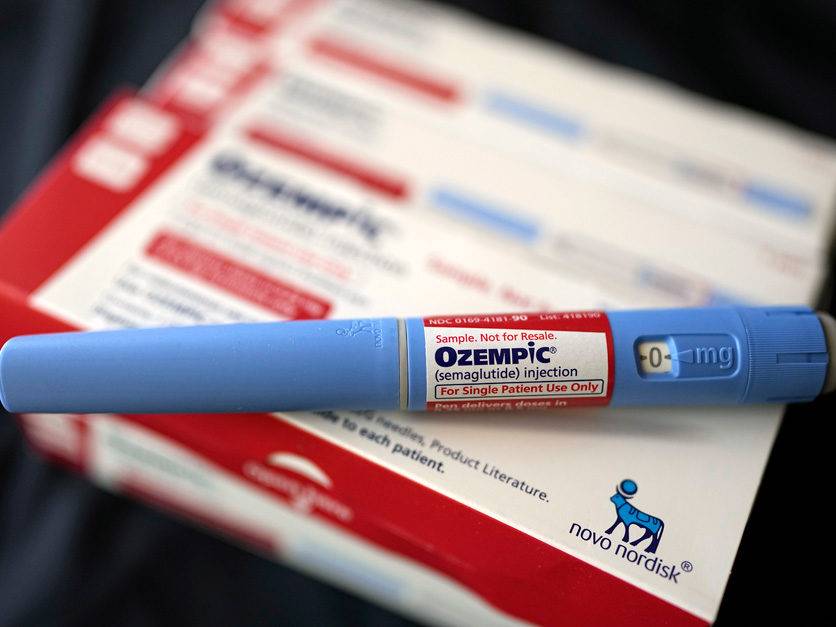The Food and Agriculture Organization of the United Nations (FAO) has recently released new guidelines aimed at advising its Members on how to implement effective surveillance programs for the early detection of influenza in cattle. This comes in light of a recent increase in reported avian influenza infections in cattle and other mammals. The guidelines emphasize the importance of monitoring and mitigation strategies to prevent the spread of highly pathogenic avian influenza (HPAI) H5N1 virus, particularly the clade 2.3.4.4b strain that has shown the ability to infect a wide range of species.
The emergence of the HPAI H5N1 virus over two decades ago has led to various clades, with the clade 2.3.4.4b strain being particularly concerning due to its ability to infect not only wild birds and poultry but also terrestrial and marine mammals such as tigers, bears, seals, and even pet cats and dogs. The detection of HPAI H5N1 in dairy cattle in 2024, along with cases of farm workers being exposed to infected cattle, highlights the urgent need for strengthened surveillance systems to prevent further spread.
FAO’s new guidelines, outlined in the publication “Recommendations for the surveillance of influenza A(H5N1) in cattle – with broader application to other farmed mammals,” stress the importance of effective passive surveillance systems that encourage the reporting of suspected cases by farmers and veterinarians. The guidelines recommend enhanced reporting in high-risk areas with dense poultry or dairy cattle populations and migratory bird activity. They also suggest tapping into informal sources such as market price changes, social media, and community networks to improve early detection of spillover events and support evidence-based disease control measures.
The guidelines aim to help FAO Members optimize the use of limited resources by leveraging existing surveillance activities to achieve their surveillance objectives. They also have broader application to other farmed livestock species, highlighting the need for proactive monitoring and mitigation strategies to prevent the spread of infectious diseases among agricultural animals.
The guidelines also provide valuable information on the clinical signs of HPAI H5N1 infection in cattle, including decreased milk production, thickened colostrum-like milk, reduced food intake, lethargy, fever, and dehydration. Some infected animals may show no clinical signs at all, making detection challenging. The transmission of HPAI H5N1 among cattle is believed to be primarily driven by movements of infected cattle and potentially by personnel or equipment shared between farms. Spillover events between infected dairy farms and nearby poultry units have also been documented, highlighting the need for comprehensive surveillance strategies to prevent further spread.
In addition to cattle, other species such as cats, mice, and pigs have also been affected by HPAI H5N1, with evidence of spillover events from poultry to pigs. Pigs, in particular, are of concern as they can catalyze genetic reassortment of avian and human influenza viruses, potentially creating new strains with pandemic potential. FAO’s recommendations propose that all countries should have a minimum surveillance objective to rapidly detect spillover events of HPAI H5N1 from birds to non-avian species, including cattle, to prevent further transmission and mitigate the risks of a potential pandemic.
In conclusion, FAO’s new guidelines on the surveillance of influenza A(H5N1) in cattle provide valuable insights and recommendations for Member countries to implement effective monitoring and mitigation strategies to prevent the spread of infectious diseases among agricultural animals. By following these guidelines, countries can enhance their surveillance systems and improve early detection of spillover events, ultimately reducing the risks associated with HPAI H5N1 and other infectious diseases in livestock populations.




